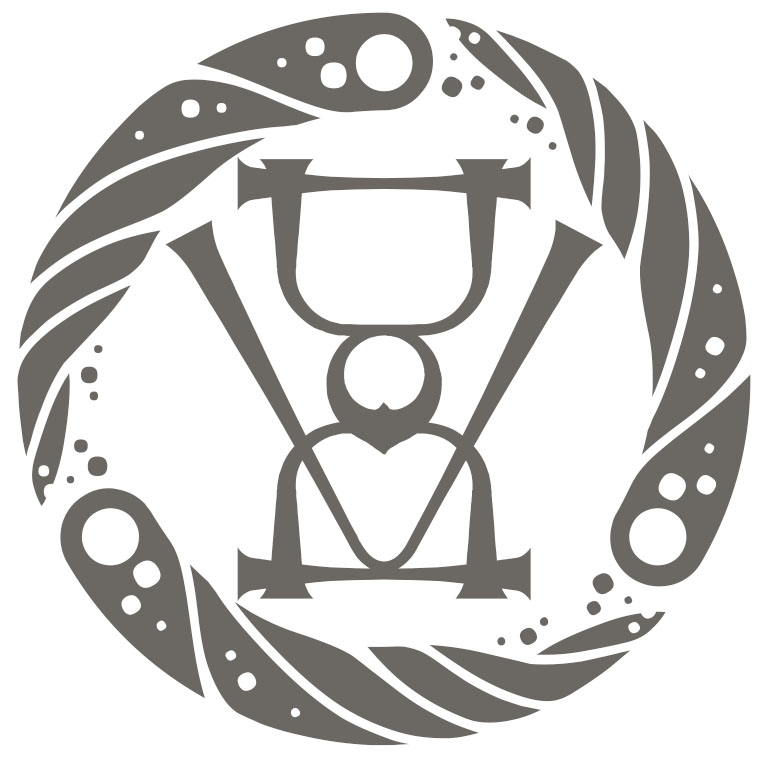 Under the direction of a single spellcaster, a group of individuals can work together to generate greater spell effects. Similar to the use of augmented ritual casting, the primary caster uses ritual casting to enhance the basic prepared spell (or a free spell slot for a bard or sorcerer). Although groups with like magic (divine or arcane) work best together, anyone can assist with the performance of the ritual (although the lack of precision by non-spellcasters adds to the chance of failure).
Under the direction of a single spellcaster, a group of individuals can work together to generate greater spell effects. Similar to the use of augmented ritual casting, the primary caster uses ritual casting to enhance the basic prepared spell (or a free spell slot for a bard or sorcerer). Although groups with like magic (divine or arcane) work best together, anyone can assist with the performance of the ritual (although the lack of precision by non-spellcasters adds to the chance of failure).
Combined ritual casting works differently than augmented ritual casting: The caster and participants do not need to have an understanding of metamagic feats. Instead, the leader of the combined ritual casts the spell to be modified, and the auxiliary members of the ritual contribute their will, desire, and life energies to supplement the overall power of the spell.
This supplementary power is used as bonus levels that are split between the different aspects of the spell. Each aspect of a spell that varies with caster level (range, number of targets, area, duration, damage dice, etc.) is treated as a separate category that can be increased with bonus levels generated by the combined ritual casting. The supplementary bonus levels provided by the ritual casting cannot violate the restrictions or limits of the spell. For example, a combined ritual casting of fireball cannot exceed the spell’s 10-die maximum for damage.
The leader (who casts the actual spell) uses their caster level as the starting level in each category of the casting. The total bonus levels, as shown on the table, are then divided up and added into each category as the primary caster chooses. The caster’s level plus the extra bonus levels now determine the effects for each of the spell’s separate categories.
| Participant | Bonus Levels |
|---|---|
| Same caster class | +1 per 3 levels |
| Same caster magic type | +1 per 4 levels |
| Other caster magic type | +1 per 5 levels |
| Non-casters | +1 per 10 levels |
| Able to cast same spell | +1 |
Add all partial levels and round down to determine the total bonus levels added to the spell. Add an additional +1 bonus level per participant that has the ability to cast the spell in question, reflecting the added spell knowledge and caster level ability. (Crossover between arcane and divine versions of the same spells are permissible for this bonus.)
COMBINED RITUAL CASTING TIME
The casting time of a combined ritual casting is the base time of the ritual casting (as shown on the table below) multiplied by the number of participants and the spell level:
(base ritual time) x (# of participants) x (spell level)
The number of participants does not include the leader of the combined ritual, only the people who are helping to power the spell.
Any casting time of an hour or longer requires the leader to make a Ritual Casting check at a DC of 10 + the spell level. The DC of this check is increased by one for every non-spellcaster participating in the ritual. If this check is failed, the energies involved with the combined ritual casting create a backlash that affects all of the participants, resulting in (ritual bonus levels x spell level) hp of damage. A successful Will throw (DC 15 + spell level) reduces this damage by half. The combined ritual is still cast in the event of a failed Ritual Casting check, but only half of the supplementary bonus levels can be harnessed prior to the spell discharge.
| Combined Casting Time | Base Ritual Casting Time |
|---|---|
| Free action | 1 minute |
| 1 action | 3 minutes |
| Full round | 10 minutes |
| Other | 10 x normal casting time |
COMBINED RITUAL MATERIAL COMPONENTS
Combined ritual casting also requires expensive material components. These additional components are similar to those used in augmented ritual casting and represent the same types of ingredients. The cost of the material components is a number of gold pieces equal to:
10 gp x (# of participants) x (spell level)












